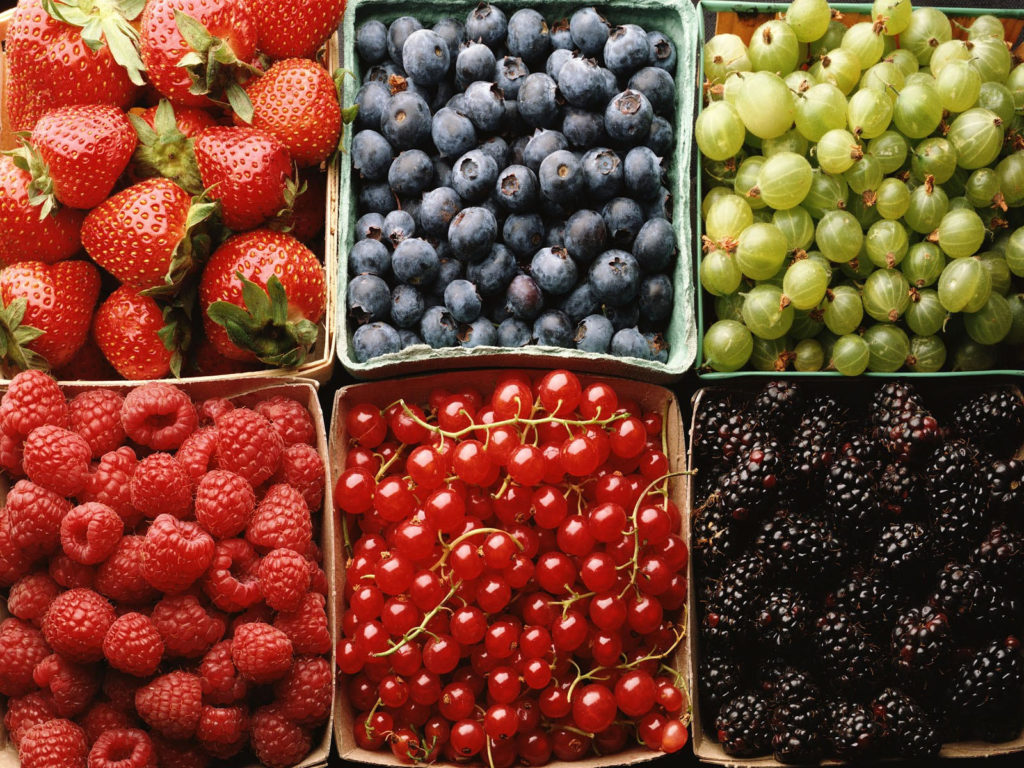If you’re diabetic, prediabetic, or just wanting to manage your blood sugar control better, a meal plan is an invaluable tool that will help you keep track of your diet. A meal plan is generally prescribed by a doctor or a nutritionist, most especially if one is diabetic.
For prediabetics and those just looking to eat healthier, we’ve listed general guidelines to follow below.
Carefully Pick Your Starch

This is something that all doctors would probably agree on: as much as possible, avoid processed white-flour based products. If you’re looking to eat starch or add it to your diet, make sure that you pick the non-processed ones, the “whole” ones.
Whole grain is basically that – the bran, germ, and endosperm. Refined fours only include the starchy part, thereby depriving you of the nutrients normally found in whole grain. Furthermore, you can also pick starchy vegetables as substitute. These include:
- Parsnip
- Plantain
- Pumpkin
- Corn
- Green Peas
Double Down on Vegetables

Pair your starchy vegetables with the non-starchy ones! Stacking on your starch, both from vegetables and from bread (processed flour) will drive your blood sugar through the roof. As a counterweight, pick low-carb and low-calorie vegetables such as the following:
- Asparagus
- Bean sprouts
- Celery
- Cauliflower
- Cucumber
- Eggplant
- Okra
- Onions
- Tomatoes
As much as possible, refrain from using canned or frozen vegetables. If it couldn’t be helped, check the label to see if there’s salt added and if the sodium and fat content. Afterwards, drain these vegetables thoroughly to get rid of the excess sodium. Health experts generally recommend a minimum of 3-5 servings of vegetables every day.
Pick Low Glycemic Index Fruits

 Fruits are a good source of vitamins and nutrients for the body, however, they are also a source of sugar. Indulging in fruits will surely result in a spike in a person’s blood sugar level. However, there are some fruits that have a low glycemic index score, meaning they have far fewer sugar content compared to other fruits with a high glycemic index score. Some of these include the following:
Fruits are a good source of vitamins and nutrients for the body, however, they are also a source of sugar. Indulging in fruits will surely result in a spike in a person’s blood sugar level. However, there are some fruits that have a low glycemic index score, meaning they have far fewer sugar content compared to other fruits with a high glycemic index score. Some of these include the following:
- Cherries (Glycemic Index Score: 20)
- Grapefruit (Glycemic Index Score: 25)
- Pears (Glycemic Index Score: 38)
- Strawberries (Glycemic Index Score: 41)
- Apricots (Glycemic Index Score: 32)
- Peaches (Glycemic Index Score: 42)
Refrain from dried and preserved fruits as much as possible, these contain insane amounts of sugar and other preservatives. Also, while low glycemic index fruits are generally okay to eat, moderation is still key here.
Supplement Your Diet
Eating healthy and being active are not the end-all-and-be-all of successfully managing your blood sugar level. You also need to supplement that diet with an herbal supplement of choice. A household name in the Philippines for herbal supplements for diabetes, Amapalaya Plus is often the supplement of choice due to its long history in the industry.
Furthermore, not only does this supplement contain the blood sugar support superfood, the Bitter Gourd, it also contains Banaba and Turmeric extracts. Unbeknownst to the general public, both the wonder herb Banaba and the medicinal spice Turmeric contains blood sugar management properties, making Ampalaya Plus a triple-threat to blood sugar.



